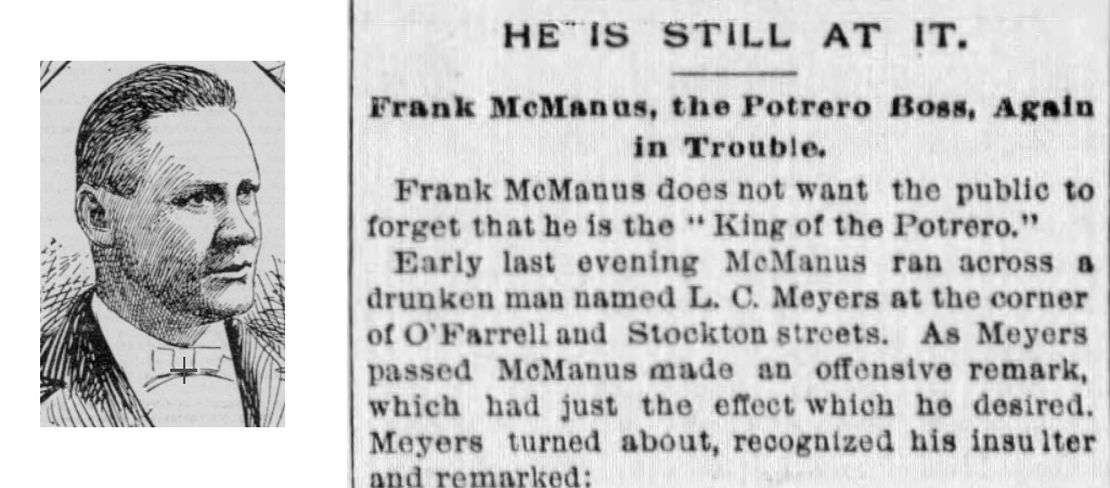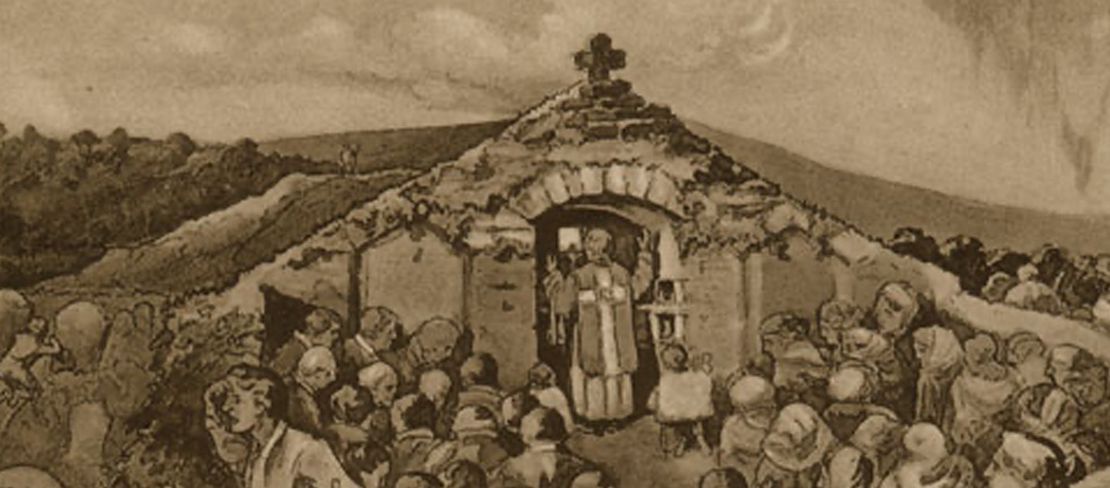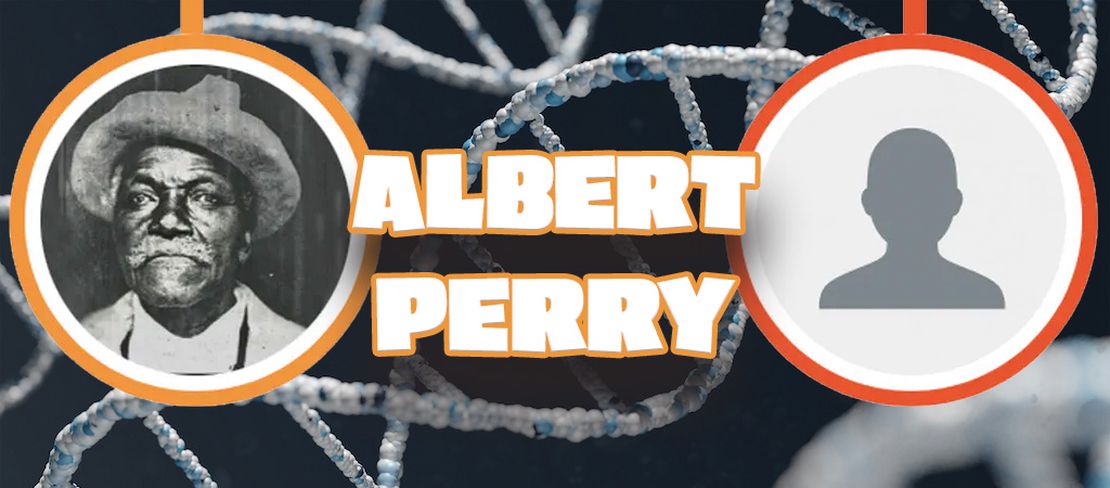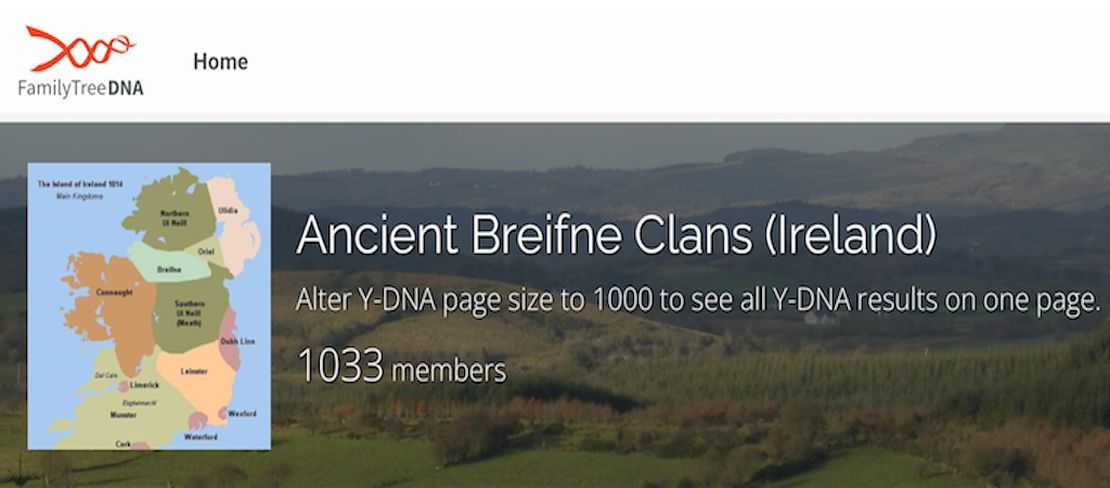
Irish Hill Potrero
- Kevin McManus
- United states
- August 3, 2024
Table of Contents
Irish Hill, Potrero, San Francisco, was a small working-class neighborhood in San Francisco, near the intersection of 22nd Street and Illinois Avenue.
Expansion of the local iron and steel works, including leveling of the hill, effaced the neighborhood in the late 19th and early 20th centuries.
Early history
Potrero Hill was uninhabited land for much of its history, used sporadically by Native Americans as hunting ground. Its soil, developed on ultramafic, serpentine rock, promoted not a closed forest but an open landscape of shrub and grass. In the late 1700s, Spanish missionaries grazed cattle on the hill and named this area Potrero Nuevo, “Potrero” is Spanish for “pasture”: “Potrero Nuevo” means “new pasture”.
The neighborhood was located on a 250-foot hill reached by a wooden stairway at Illinois and 20th streets, and extended from there to the bay. Founded in the 1860s by Irish immigrants, it consisted of approximately 60 small houses and 40 boarding houses and hotels, housing mostly working-class Irish.
A large number were single men who worked at Union Iron Works or the Pacific Rolling Mills, in the nearby industrial area known as the Dogpatch.
The Union Hotel was run by Frank McManus, an Irishman from Drumshanbo, Country Leitrim, Ireland, who was political boss known as the King of Irish Hill, or the King of the Potrero.
The neighborhood was destroyed when the hill was flattened in two stages, in the 1880s by quarrying to provide fill for under Long Bridge (now the site of 3rd Street) and starting in 1897, by quarrying and dynamiting to clear space for the expansion of the Union Iron Works and subsequently of Bethlehem Steel.
Gone by 1918
By 1918 it had been reduced to a mound less than 50 feet high.


